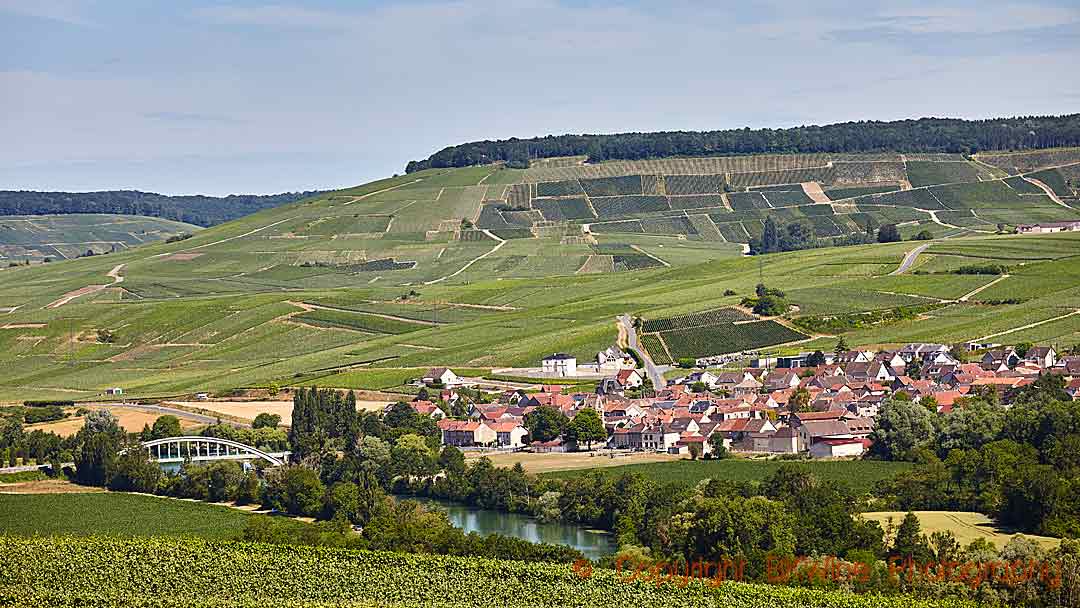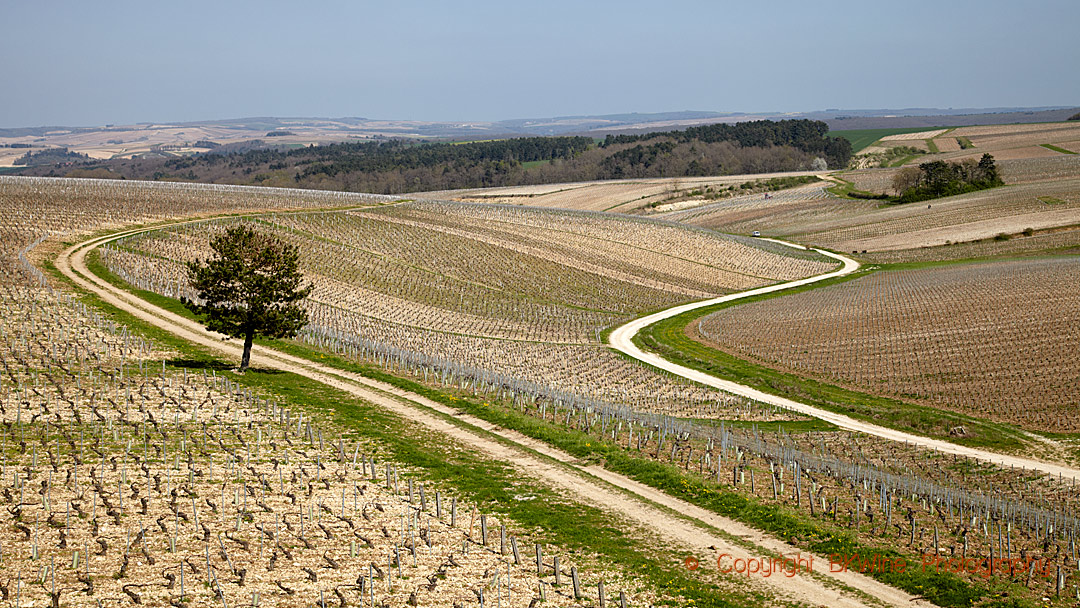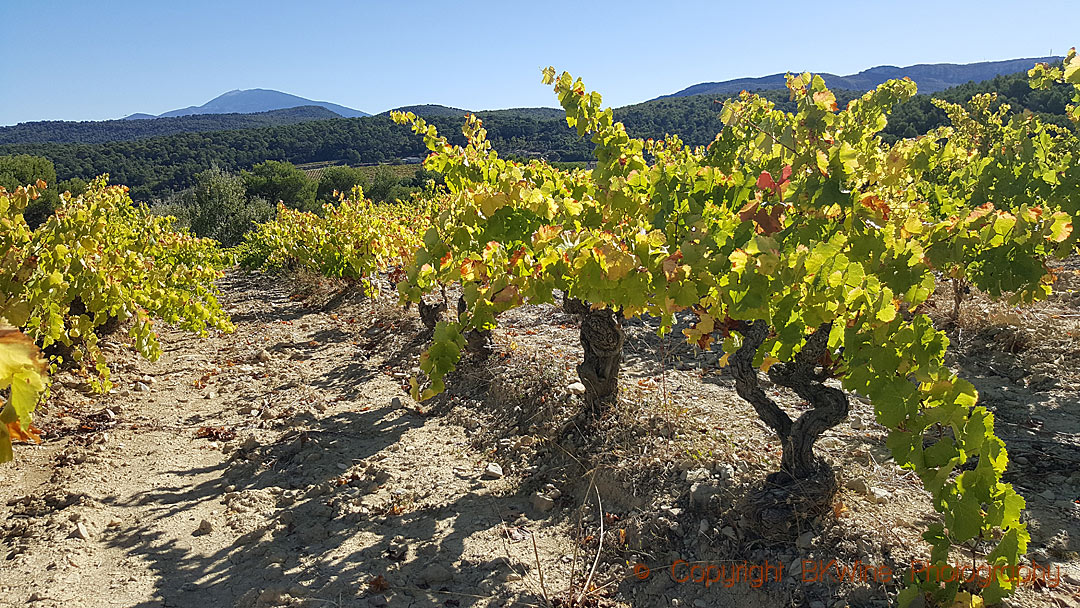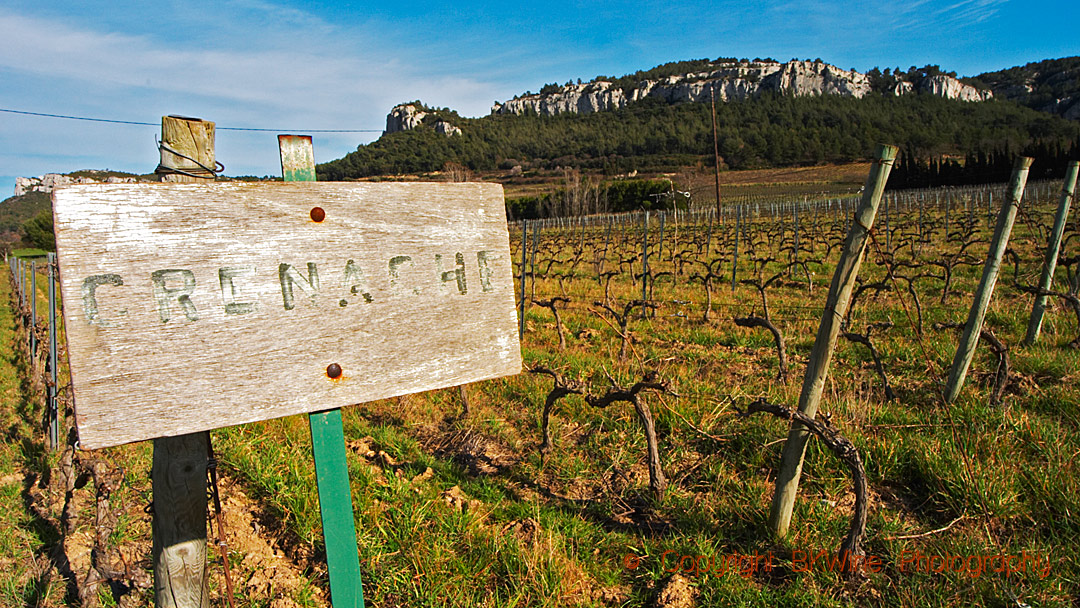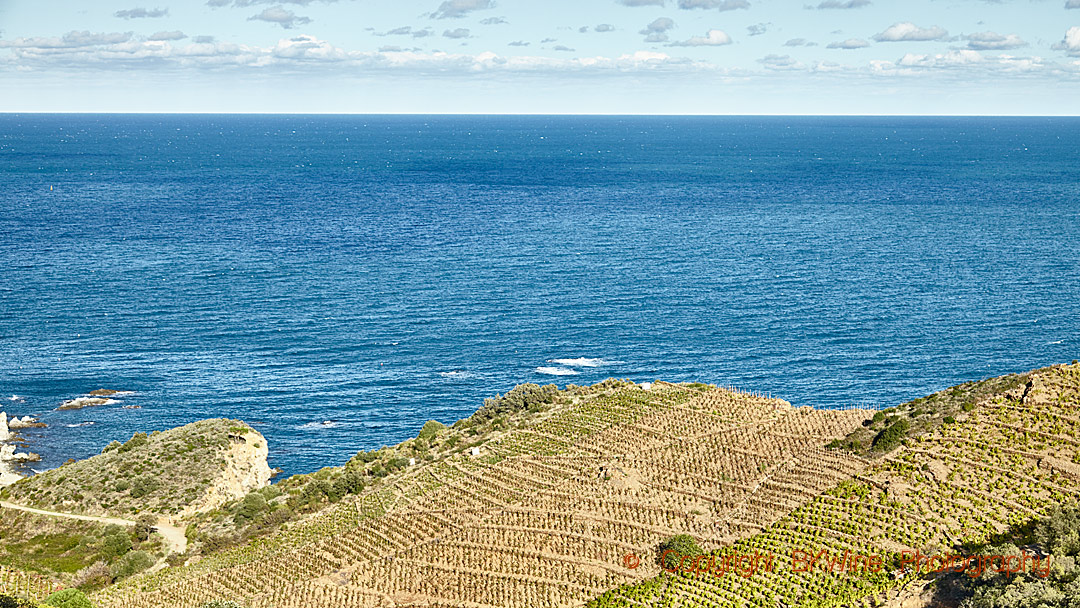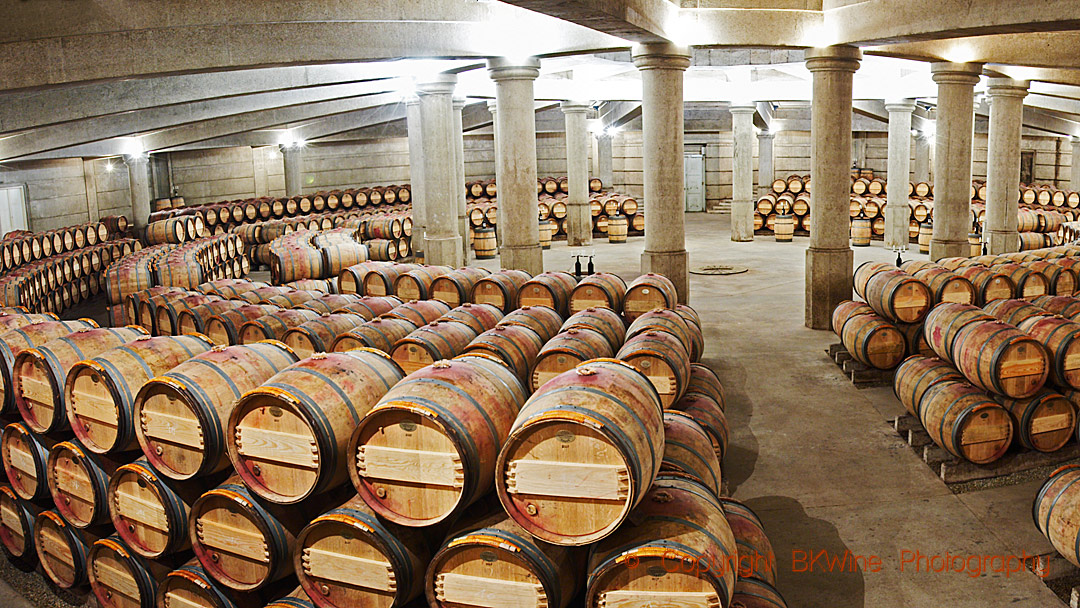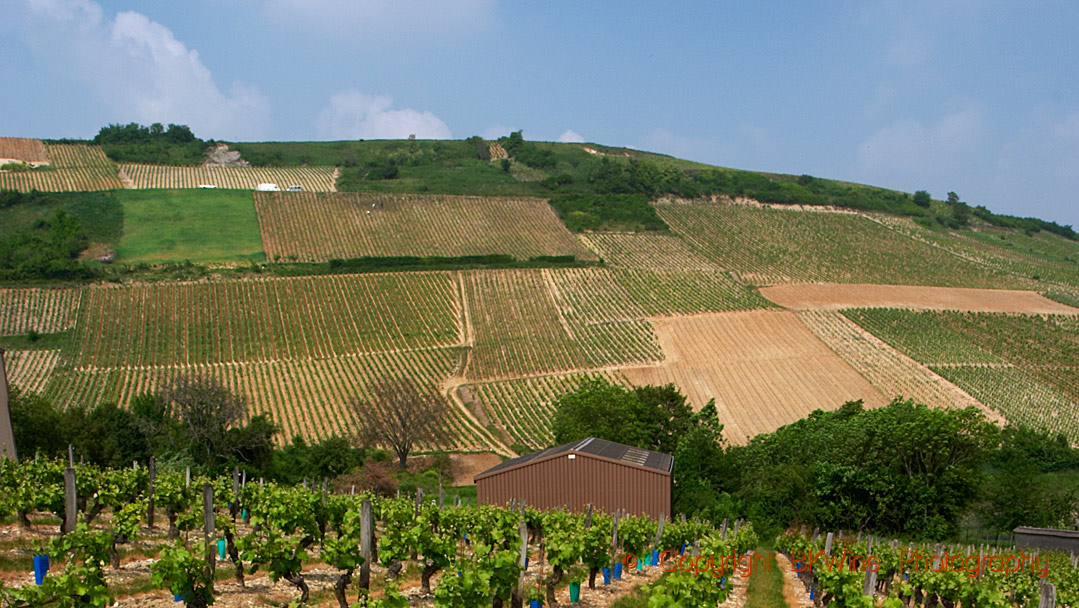France is not like Italy, where vines grow in every region. But France is not far behind. In fact, there are more vineyards in France than in Italy. France has 794 000 hectares of vineyards, a bit more than Italy’s 708 000 ha. And in virtually all other parts of France than the north-west, vineyards are abundant, from Champagne in the very north, to Languedoc-Roussillon on the border to Spain, from the Loire on the Atlantic coast in the west, to Provence in the east, bordering Italy. Join us on this whirlwind tour of all major wine regions of France.
In the northwest of France, in Brittany and Normandy, vineyards are scarce, but their inhabitants don’t suffer too much as they have their excellent apple cider and, of course, their calvados. I Hauts-de-France, the northernmost region of the country, the climate doesn’t lend itself to viticulture. Here, though, they have a well-developed beer culture. After all, they are a stone’s throw from Belgium. In the lovely city of Lille, you are more likely to find a beer bar than a wine bar.
This article was originally published in a shorter version on Forbes.com.
In the rest of France though, the wine reigns supreme (well, in Alsace they do drink quite a lot of beer as well, a memory of the old ties with Germany). The eleven wine regions are, starting in the northeast and going clockwise:
- Champagne,
- Alsace,
- Jura,
- Burgundy,
- Rhône Valley,
- Savoie,
- Provence,
- Languedoc-Roussillon,
- South West,
- Bordeaux,
- The Loire Valley
Northeast
Champagne
The world’s most famous sparkling wines are made from grapes that grow in a rather tricky climate in northern France, rather cold and humid compared to the rest of the country. The upside is the high acidity which is paramount for high-quality sparkling wine; you want that in sparkling wines. The grapes are Pinot Noir, Chardonnay and Pinot Meunier. The bubbles are formed during the second fermentation in the bottle. This way to make sparkling wine is called the méthode champenoise in Champagne and méthode traditionelle elsewhere.
Alsace
Alsace is on the border with Germany and makes aromatic wines with their very own character and style. The grape variety is (almost) always clearly indicated on the label, which is rare in France. The local food is somewhat rustic but goes surprisingly well with the elegant Riesling wines with varying sweetness degrees. You can relish in their choucroute (a cousin to sauerkraut), pork and stews, the super-thin pizza-like tarte flambé and, of course, foie gras. Other grape varieties of note are rose-scented Gewurztraminer and full-bodied Pinot Gris. Lookout for some indication of sweetness, sec for instance (or ask), since it is not uncommon that some wines are semi-dry. The whites dominate, but you can find light and refreshing Pinot Noir wines.
Jura
Jura makes some of France’s (and the world’s) most original wines. It’s a small region in the pretty Jura Mountains, not so well-known. The “yellow wine”, vin jaune, made from the grape Savagnin, is the centrepiece, but it is a rare wine, produced in small quantities. You can compare it to a fino, the driest sherry style. It has a similar slightly “oxidized” style and is also aged in not quite full barrels before bottling. Jura also makes superb Chardonnay, sometimes blended with Savagnin, and sometimes, just like the vin jaune, with an extraordinary, slightly oxidized character. The reads are easy drinking but only rarely really memorable.
Burgundy
This is the land of chardonnay and pinot noir. Burgundy begins with Chablis, 200 kilometres south of Champagne, the same distance from Paris but to the south-east. Here, the relatively cool climate gives white wines from Chardonnay that are crisp and fresh. Further south, in the Côte d’Or, the whites, also from Chardonnay, are more full-bodied and oaky. The reds from Pinot Noir are very prestigious with prices to match, but if you look hard, or as for good advice, you can certainly find some affordable ones too. The best ones are exquisite and velvety. Burgundy ends with Beaujolais. Here, the Gamay grape gives fruity, fresh and often juicy and easy-drinking wines.
The South-East
Rhône Valley
On the slopes of the Rhône River just south of Lyon, we find a small collection of a few of France’s most sought-after red wines: Côte Rôtie, Saint Joseph, Hermitage and Crozes-Hermitage. They are all made from Syrah, a powerful and spicy grape. A small amount of high-quality white is made in Condrieu, from the floral and full-bodied Viognier.
Southern Rhône has always been associated with the prestigious wines of Châteauneuf-du-Pape, but there are now many other exciting appellations with ambitious producers, such as Gigondas, Vacqueyras, Rasteau, Costières de Nîmes to mention a few. Côtes du Rhône and its sister appellations are some to go looking for these days. Grenache and Syrah are the main grapes, and the wines are filled with herbal notes, spices and a warm, southern feeling.
Savoie
The wines from Savoie are mostly drunk in the region where they are made, by thirsty tourists who ski or hike in the Alps. However, there is a lot to discover here, not least the Roussanne grape, responsible for some delicious whites and also the red Mondeuse, a great personality with a full body and with a good dose of tannins.
Provence
Provence is on the Mediterranean coast, stretching east from the river Rhône to the border with Italy. The landscape is spectacular, with vineyards, lavender fields, olive groves and mountains. It is a landscape that has been loved and painted by numerous artists. Rosé, the extremely pale version that is only a fraction away from a white wine, is the speciality. They have (sadly) become by far the most popular colour here. But there are also full-bodied whites from the fishing village of Cassis and reds from Bandol, Coteaux d’Aix en Provence and Les Baux. The grapes are Grenache, Mourvèdre, Cinsault, Counoise and others
The Southwest of France
Languedoc-Roussillon
Languedoc-Roussillon, the southernmost region bordering to Spain on the Mediterranean side, has transformed in the past 50 years from making inexpensive volume wines to producing a full range of wines from pleasant everyday wines to prestigious, top-quality wines. Some 200,000 hectares of vines have been pulled out in the long process of raising the quality of the wines from here. The producers were encouraged to plant Syrah to increase the complexity and structure of the wines. But many winemakers today prefer the traditional grapes of the region, Grenache, Carignan and Cinsault and make fabulous wines from them. They consider these to be the grapes that best bring out the local aromas of herbs, junipers and sun-warmed berries, the character that is often referred to with the French word for the local underbrush vegetation here, la garrigue. Languedoc-Roussillon is today a fascinating wine region.
The South-West
The South-West, or often called by its French name le Sud-Ouest, is the collective name of many small districts from Toulouse down to the Basque Country on the Spanish border. We are close to the Atlantic Ocean, so the climate is quite humid and warm. Here we can find an incredible variety of outstanding and original wines, both reds, whites and sweet. The local grapes, such as Mauzac, Négrette, Gros Manseng and Tannat, are full of character and most of them are almost unique to this region. Some of the more famous Southwest districts are Madiran (with the tannat grape also famous from Uruguay), Cahors (with malbec that has become well-known thanks to Mendoza in Argentina), Jurançon, Gaillac, Fronton and Bergerac.
Bordeaux
Bordeaux is one of France’s largest wine regions (although not the largest) and the most famous, known for its beautiful chateaux and prestigious (and expensive) red wines. But many of the lesser wine estates make excellent wines at very reasonable prices, if one only looks a bit outside the most famed names. Bordeaux also makes some of the world’s finest sweet wines. Sauternes is made with noble rot grapes making some extraordinary luscious sweet wines, some of the world’s best. The dry white Bordeaux wines can be magnificent and deserve more attention. They have unfortunately lost in popularity but that also means that there are some bargains to be made. The main red grapes in Bordeaux are Cabernet Sauvignon, Merlot, Cabernet Franc, Malbec and Petit Verdot; the whites are Sémillon and Sauvignon Blanc.
The West of France
Cognac
If you travel from Bordeaux to the Loire Valley, you go through Cognac, which is also considered a wine region although most of the wine is distilled into Cognac. Cognac is a large wine producer with around 60 000 hectares and a yield that far exceeds other regions. It is wines that you do not need to allocate space in your brain for.
Loire Valley
France’s longest river goes north from the mountainous regions of central France flowing north up to the city of Orléans. Here it makes a turn to the west and continues towards the Atlantic Ocean. Along the Loire and several of its tributaries, there are vineyards. There’s a large number of different appellations of all kinds, red, white, rosé; dry, semi-dry and very sweet, and a lot of sparkling.
Although there is a certain family-feeling in the wines in the form of fresh acidity (we’re quite far north), there is a tremendous variety in styles along the idyllic river. White and rosé wines dominate. While some of the reds are fruity and light and mostly easy-drinking lunch wine you can also find very serious reds: Cabernet Franc from Chinon and Bourgueil and Côt (a synonym for Malbec) from Touraine are often superb and memorable. High-quality whites are made from Sauvignon Blanc in Sancerre and Pouilly-Fumé, and both very crisp dry as well as sweet from Chenin Blanc (Vouvray, Montlouis, Savennières, Coteaux du Layon).
This article was originally published in a shorter version on Forbes.com.
Travel
The best way to explore the wine regions and vineyards of France, and taste the delicious wine and food, is, of course, to go travelling in France. And the best way to travel in France is, need we say, to go on a wine tour with BKWine.
Travel to the world’s wine regions with the wine experts and the wine travel specialist.
Wine tours with the authors of a dozen wine books. BKWine wine tours.


